Shani Shingnapur in Maharashtra is one of the most revered temples dedicated to Lord Shani, the deity associated with karma, discipline, and justice. Located near Nashik, this temple draws thousands of devotees throughout the year, especially on Shani Amavasya.
The village is globally known for its unique tradition. None of the houses or shops have doors, latches, or locks. This practice is rooted in the belief that Shani Dev protects the village from theft and wrongdoing. Locals affirm that any attempt to steal results in immediate divine punishment, making crime nearly non-existent here.
Unlike traditional temples, Shani Shingnapur does not have an enclosed sanctum or an idol with human-like features. Instead, devotees worship a simple black stone which is considered a self-manifested form of Shani Dev. The temple has no priests conducting elaborate rituals. Male devotees, after bathing and wearing saffron attire, offer prayers and perform Abhishek with water and mustard oil in complete faith.
The Sacred Monolith: Worship Without Walls or Priests
The heart of Shani Shingnapur is a black stone slab installed on an open-air platform, known as the Swayambhu Shanaishwara, the self-manifested form of Lord Shani. This stone, standing upright without shelter, is believed to have appeared by itself, radiating divine presence and power. Unlike most Hindu temples that house sculpted idols within sanctums, this temple has no walls or roof over the deity. The openness symbolizes the transparent, all-seeing nature of Shani Dev. The deity who governs karma and sees all actions without bias.
There are no priests performing traditional pujas at the site. Instead, male devotees who wish to offer prayers must first bathe and wear saffron garments. They then approach the monolith to perform Abhishek, pouring water or mustard oil over it while chanting mantras or performing pradakshina (circumambulation). Every ritual here is performed in silence, discipline, and personal connection with the deity, emphasizing self-purification and surrender rather than priest-led ceremonies.
This absence of temple walls and formal priests highlights a deeper truth of Sanatan Dharma, that God can be approached directly with devotion and sincerity. The focus is not on grandeur but on inner alignment, which is precisely what Lord Shani rewards.
The Doorless Village and Shani Dev’s Divine Justice
Shani Shingnapur is not just known for its temple. The entire village lives under the gaze of Shani Dev. What sets it apart from any other place in India is its complete absence of doors and locks in homes, shops, schools, and even banks. Instead of doorframes or padlocks, you’ll find open spaces where a door should be, not due to poverty or oversight, but due to faith.
The villagers believe that no theft can occur here because Shani Dev is constantly watching. Any act of dishonesty or crime is believed to be met with instant punishment, ranging from illness to misfortune. Locals recount stories where attempted thieves either collapsed at the village border or were forced to return the stolen goods within days. In rare cases when something did go missing, it mysteriously found its way back.
Even nationalized banks that operate in the village, including the UCO Bank branch, initially followed the tradition by having no doors, only transparent security measures during nighttime hours.
This sense of divine protection isn’t enforced by law or surveillance; it’s driven by unwavering faith in Shani Dev’s karmic justice. The village operates on the principle that when one lives righteously under the eye of Saturn, external security becomes secondary.
It’s not superstition, it’s a living spiritual contract between the villagers and their deity, one that has endured for generations.
Rituals and Offerings: How Devotees Worship Shani Dev Here
Unlike traditional temples governed by priests and structured ceremonies, the worship at Shani Shingnapur is deeply personal and raw. The focal point is a five-and-a-half-foot tall black stone placed on an open platform. This Swayambhu Shila (self-manifested monolith) is revered as the living presence of Lord Shani and is worshipped without a roof, symbolizing openness, truth, and cosmic exposure.
There are no elaborate idols or decorated sanctums. The energy here is not channelled through grandeur, but through silence, surrender, and simplicity.
Who Can Worship?
Traditionally, only male devotees are permitted to approach the platform for direct darshan and to perform abhishek (ritual pouring). Women offer prayers from a short distance. Devotees are expected to bathe in the holy stream near the temple and wear saffron-coloured clothes as a sign of purity and readiness before approaching Shani Dev.
Offerings and Practices
The most sacred offering is Til oil (mustard oil), which is poured on the monolithic stone during abhishek. Oil represents the softening of karmic stiffness and symbolizes the easing of Saturn’s challenging influence. Water, black sesame seeds (til), and flowers are also offered while chanting Shani mantras or simply praying from the heart.
Instead of rituals being led by priests, each devotee performs their own worship, walking around the sacred stone in pradakshina (circumambulation), reciting prayers, and seeking forgiveness for past misdeeds.
On Shani Amavasya, thousands gather to perform abhishekam and prayers together. The atmosphere becomes charged with collective devotion, making it a spiritually potent time to connect with Shani Dev.
This direct, honest form of worship reflects the essence of Lord Shani, no intermediaries, no illusions, just your karma and your truth in front of Him.
Legends and Beliefs That Protect This Land
Shani Shingnapur is not merely a village; it's a realm where faith and divine presence intertwine, creating a tapestry of legends that have been passed down through generations.
The Arrival of the Divine Monolith
Centuries ago, during a heavy downpour, villagers discovered a large black stone floating in the Panasnala River. When touched, it began to bleed, astonishing the onlookers. That night, Lord Shani appeared in a villager's dream, revealing that the stone was his divine form. He instructed that it be placed in the village without a roof, as the sky itself would serve as his canopy. Since then, this stone has been revered as the Swayambhu (self-manifested) form of Shani Dev.
The Doorless Homes and Divine Protection
One of the most remarkable aspects of Shani Shingnapur is the absence of doors and locks in homes, shops, and even banks. This practice stems from the unwavering belief that Lord Shani's presence deters any wrongdoing. The villagers trust that any act of theft or dishonesty will be met with immediate divine retribution. This tradition has fostered a community grounded in trust and spiritual discipline.
The Neem Tree That Cast No Shadow
Another legend speaks of a neem tree located near the shrine. It is said that its branches never cast a shadow on the deity. Whenever a branch grew in a direction that would shade the idol, it would either break or wither away. This phenomenon is interpreted as a sign of Lord Shani's desire to remain unobstructed under the open sky.
The Fear of Divine Retribution
The villagers' adherence to these beliefs is not out of superstition but a deep-seated respect for the karmic justice that Shani Dev embodies. They believe that any misdeed, no matter how minor, invites immediate consequences. This conviction has cultivated a society where moral integrity is paramount, and the fear of divine punishment ensures adherence to righteous conduct.
Legends and Beliefs That Protect This Land
The reverence for Shani Shingnapur stems not only from its open-air shrine but also from the powerful stories that define the village’s spiritual character. Locals believe the presence of Lord Shani is living and active, reinforced by incidents and signs that affirm His protective watch.
The Arrival of the Divine Monolith
Centuries ago, during a heavy downpour, villagers discovered a large black stone floating in the Panasnala River. When touched, it began to bleed, astonishing the onlookers. That night, Lord Shani appeared in a villager's dream, revealing that the stone was his divine form. He instructed that it be placed in the village without a roof, as the sky itself would serve as his canopy. Since then, this stone has been revered as the Swayambhu (self-manifested) form of Shani Dev.
The Doorless Homes and Divine Protection
One of the most remarkable aspects of Shani Shingnapur is the absence of doors and locks in homes, shops, and even banks. This practice stems from the unwavering belief that Lord Shani's presence deters any wrongdoing. The villagers trust that any act of theft or dishonesty will be met with immediate divine retribution. This tradition has fostered a community grounded in trust and spiritual discipline.
The Neem Tree That Cast No Shadow
Another legend speaks of a neem tree located near the shrine. It is said that its branches never cast a shadow on the deity. Whenever a branch grew in a direction that would shade the idol, it would either break or wither away. This phenomenon is interpreted as a sign of Lord Shani's desire to remain unobstructed under the open sky.
The Fear of Divine Retribution
The villagers' adherence to these beliefs is not out of superstition but a deep-seated respect for the karmic justice that Shani Dev embodies. They believe that any misdeed, no matter how minor, invites immediate consequences. This conviction has cultivated a society where moral integrity is paramount, and the fear of divine punishment ensures adherence to righteous conduct.


-in-Astrology.jpg)
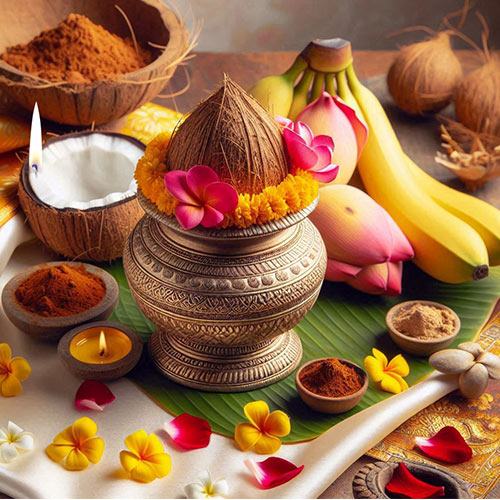

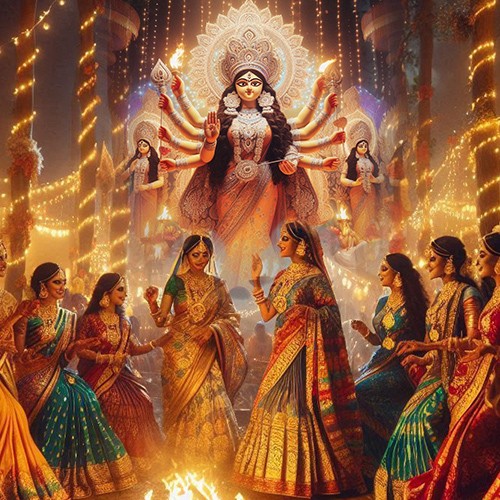
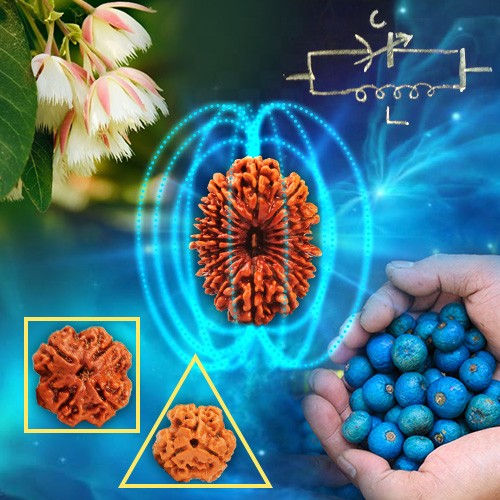

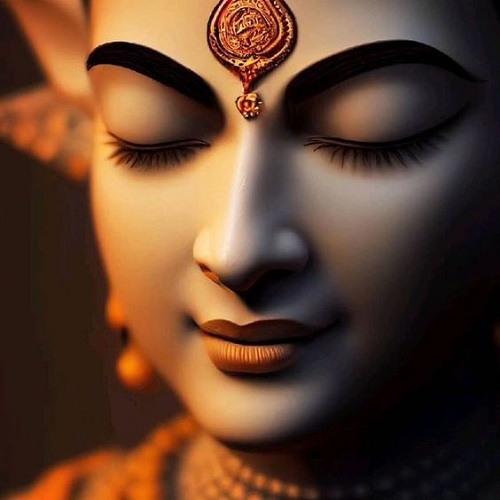
.jpg)
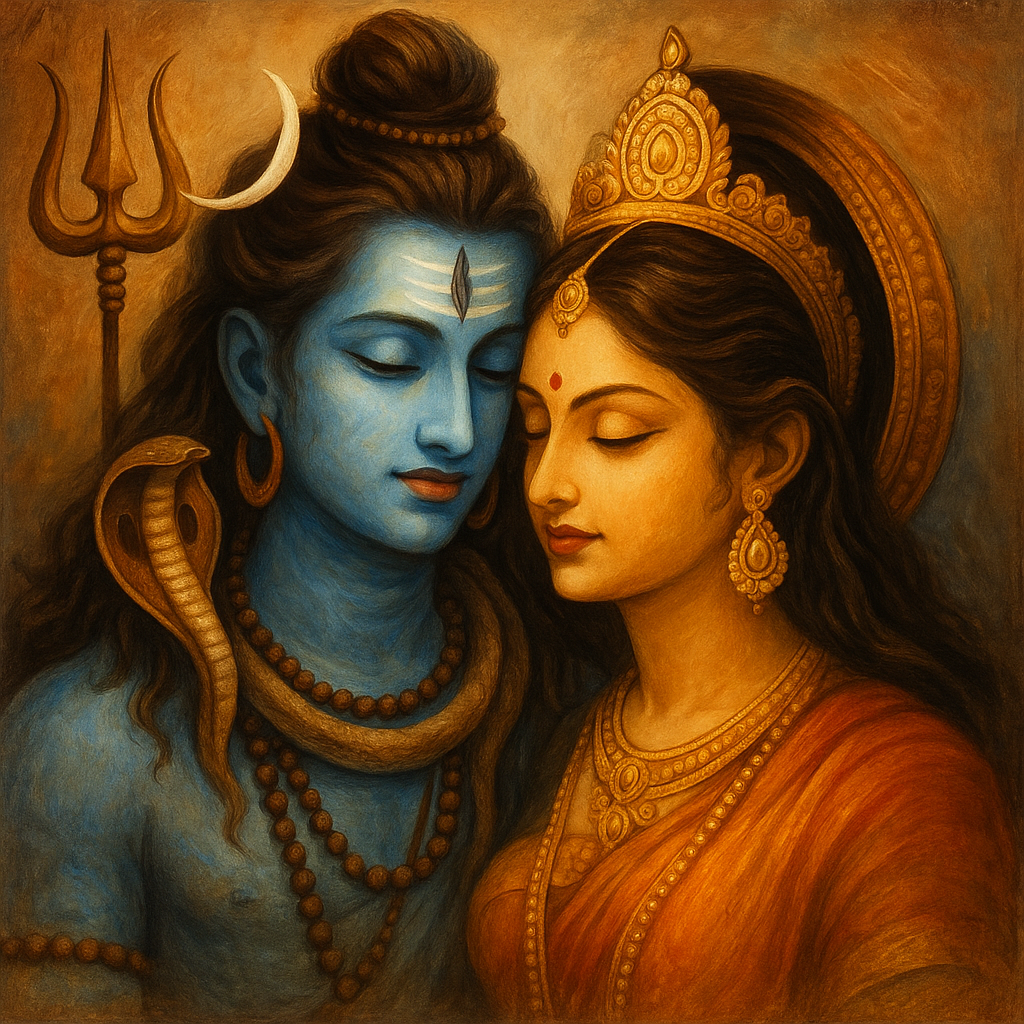
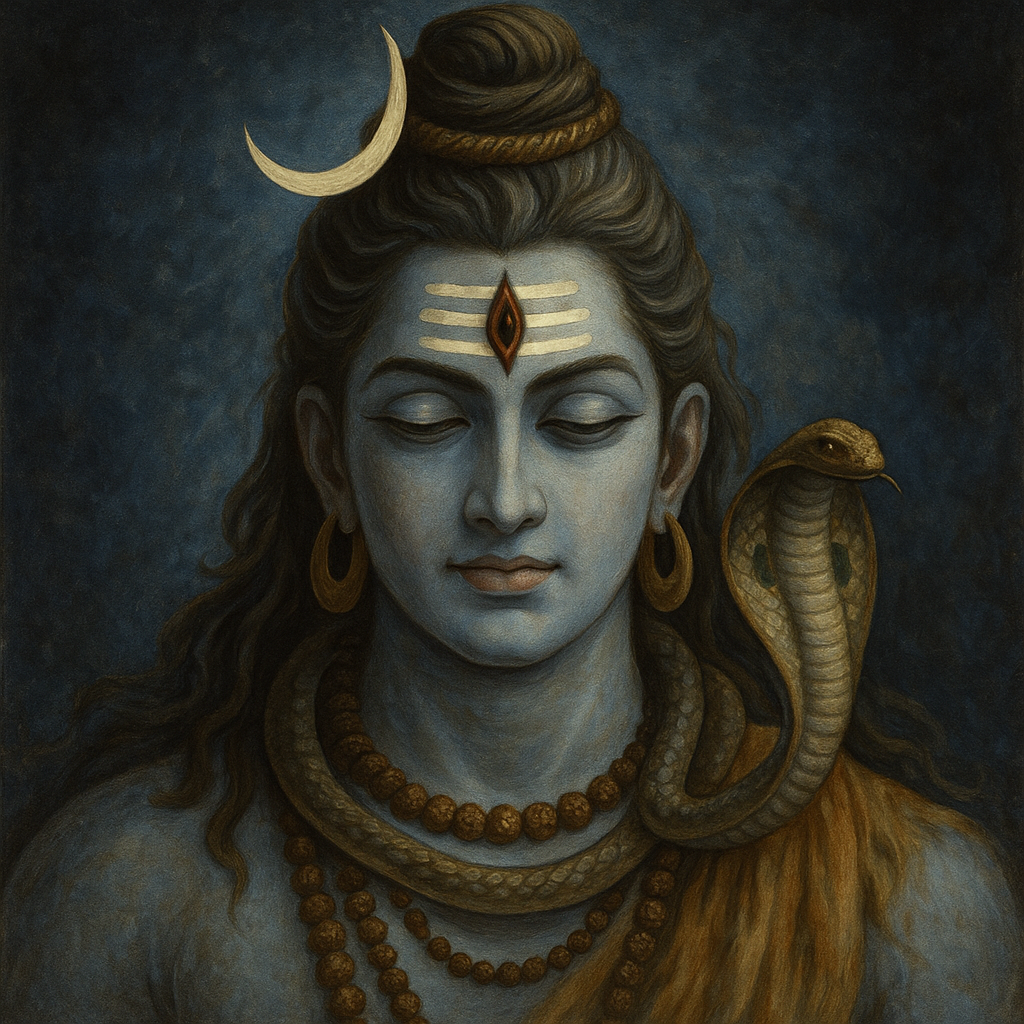
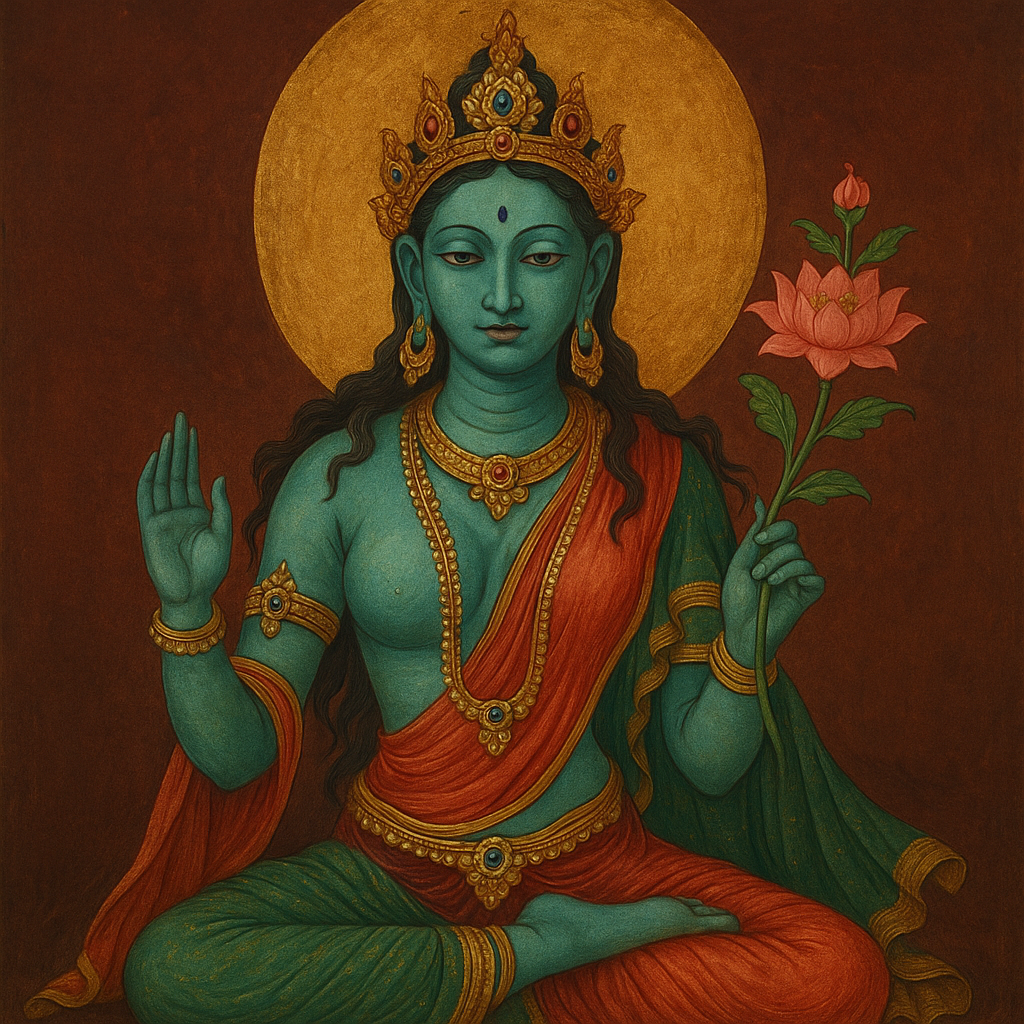
Comments 0
Leave your thought here